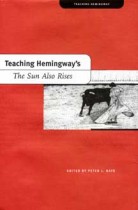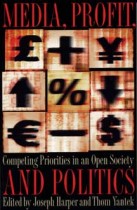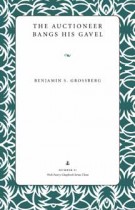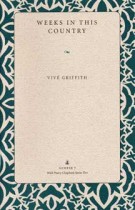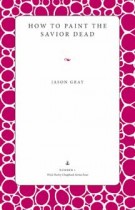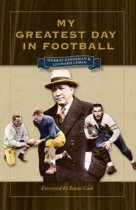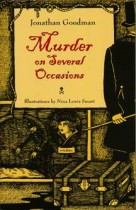NATO and the Warsaw Pact
Mary Ann Heiss and S. Victor Papacosma | Filed under: Diplomatic Studies, New Studies in U.S. Foreign Relations, U.S. Foreign Relations
There is no shortage of literature addressing the workings, influence, and importance of NATO and the Warsaw Pact individually or how the two blocs faced off during the decades of the Cold War. However, little has been written about the various intrabloc tensions that plagued both alliances during the Cold War or about how those tensions affected the alliances’ operation. The essays in NATO and the Warsaw Pact seek to address that glaring gap in the historiography by utilizing a wide range of case studies to explore these often-significant tensions, dispelling in the process all thoughts that the alliances always operated smoothly and without internal dissent.

